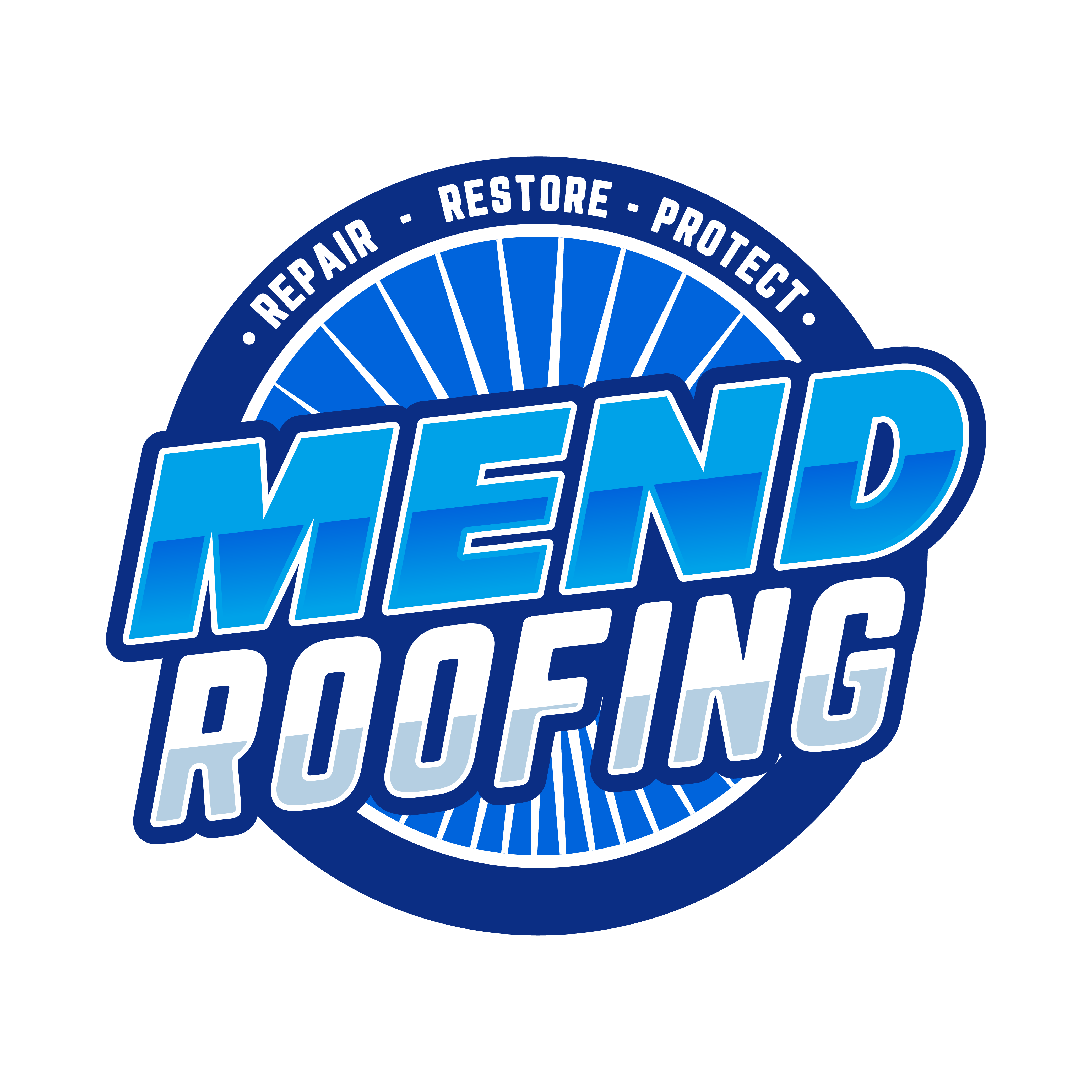Houston is known for its unpredictable weather patterns, often resulting in hailstorms that can wreak havoc on roofs. Recognizing the signs of hail damage is crucial for maintaining the longevity and functionality of your roofing system. In this article, we combine our experience with insights from Mend Roofing to provide a detailed examination of hail damage, its implications, and effective detection methods.
The Anatomy of Hail and Its Impact on Roofs
Hail Formation
Hailstones form when updrafts in thunderstorms push raindrops into extremely cold areas of the atmosphere where they freeze into ice. These ice pellets gather more layers as they move through moist regions, growing until they are heavy enough to fall to the ground.
Hail’s Effect on Different Roofing Materials
- Asphalt Shingles: Hail can cause a loss of granules, leading to accelerated aging. Impacts might also result in cracks or breaks in the shingle.
- Wood Shingles: Hail can produce splits with sharp edges. These splits can appear brownish, indicating recent damage.
- Metal Roofs: Hail can create distinct dents.
- Tile & Slate Roofs: Hail can cause cracks or breaks, compromising the protective layer of the roof.
Early Signs of Roof Hail Damage
Granule Loss
A prominent early sign of hail damage on asphalt shingles is the loss of granules, which exposes the underlying bitumen. Significant granule loss can lead to a darker or inconsistent color on some parts of the roof.
Cracking
Upon impact, hail can create cracks, especially in brittle roofing materials like slate or tile. These cracks might not cause leaks immediately but can weaken the structure over time.
Punctures in Roofing Material
Roofs can sometimes suffer punctures from hailstones, leading to immediate leaks and compromising the structure’s integrity.
Metal Roof Dents
Metal roofs, while robust, are not immune to hail damage. The impact can result in dents, which, as noticed by Mend Roofing, can affect the aesthetic appeal and longevity of the material.
Tips to Detect Roof Hail Damage
Conduct Regular Roof Inspections
After a hailstorm, conducting a roof inspection is prudent. Search for signs like granule loss, dents, punctures, or cracks. For those in the area, a reputable roofing contractor in Spring TX, such as Mend Roofing, can offer guidance.
Check Gutters and Downspouts
Shingles damaged by hail might shed granules, which can accumulate in gutters. An abundance of these granules can signal recent hail damage.
Review Attic and Ceilings
Water stains or dampness in the attic or ceilings can suggest a roof leak, potentially resulting from hail damage.
Consult a Professional
For an in-depth evaluation, consult roofing professionals. As a recognized roofing company in Spring TX, Mend Roofing offers expertise to identify subtle damage and recommends the best repair or replacement options.
Protecting Your Roof from Hail Damage
- Roofing Materials: Choose hail-resistant roofing materials that have undergone impact resistance tests.
- Proper Installation: Ensure that roofing materials are installed correctly.
- Regular Maintenance: Keep your roof clear of debris and ensure good water drainage.
Conclusion
Understanding hail damage signs can prevent expensive repairs for homeowners in Houston, TX. Recognizing early symptoms and acting promptly can ensure the durability and functionality of your roof. Regular inspections and opting for quality roofing materials are essential in maintaining a strong roofing system.
